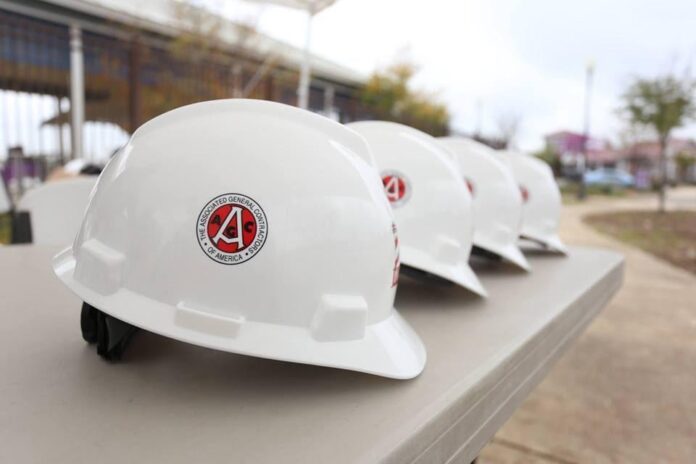Washington Construction News staff writer
It hasn’t been a good year for construction employment in the District or Maryland.
According to federal employment data published by the Associated General Contractors (AGC) of America on March 11, DC ranked dead last in terms of the percentage employment decline from January 2023 through January 2024, losing 800 jobs, representing a 5.1% decline. Of course, the overall employment numbers in DC were never high — reaching 15,600 a year ago (similar to pre-pandemic levels, before declining later in the year.)
Maryland lost 5,900 jobs, a 3.6% decline, in the same period, with total employment in January at 155,900.
Statewide, things were somewhat less gloomy in Virginia. While overall, the state lost 100 jobs, (a 1% decline), the last month was somewhat better, gaining 3,200 jobs to end up with 218,100 workers employed in the industry. Overall the state ranked 30th in the nation.
Nationally, construction employment increased in 37 states in January from a year earlier, while 33 states added construction jobs between December and January.
AGC officials noted that demand for construction remains strong in many parts of the country, but cautioned that labor shortages are restraining employment gains in the sector.
“This report confirms that construction demand remains robust in most states, especially for data centers, manufacturing, and power projects,” said Ken Simonson, the association’s chief economist. “But contractors are scrambling to find qualified workers, which is keeping more states from posting employment increases.”
Between January 2023 and January 2024, 37 states added construction jobs, while 13 states and the District of Columbia shed jobs. California added the most construction employees (44,600 jobs, 5.0 percent), followed by Florida (27,200 jobs, 4.4 percent) and Texas (24,500 jobs, 3.0 percent). South Dakota had the largest percentage increase over 12 months (11.3 percent, 3,100 jobs), followed by Arkansas (10.5 percent, 6,400 jobs), Alaska (9.6 percent, 1,600 jobs), and Nevada (7.7 percent, 8,500 jobs).
New York lost the most construction jobs during the past 12 months (-12,000 jobs, -3.0 percent), followed by Washington (-8,000 jobs, -3.4 percent), Pennsylvania (-7,200 jobs, -2.7 percent), Illinois (-6,700 jobs -2.9 percent), and Maryland (-5,900 jobs, -3.6 percent). The largest percentage loss was in D.C. (-5.1 percent, -800 jobs), followed by Maryland, Washington, North Dakota (-3.2 percent, -900 jobs), and New York.
For the month, construction employment increased in 33 states, declined in 16 states, and was unchanged in Missouri and D.C. North Carolina added the most jobs over the month (4,000 jobs, 1.5 percent), followed by Indiana (2,700 jobs, 1.6 percent), Louisiana (2,400 jobs, 1.8 percent) and New Jersey (2,400 jobs, 1.4 percent). Three states led in percentage gains with 2.3 percent each: Arkansas, which added 1,500 jobs, Hawaii (900 jobs), and Mississippi (1,100 jobs).
Illinois lost the most construction jobs in January (-5,300 jobs, -2.3 percent), followed by Pennsylvania (-1,700 jobs, -0.7 percent), Maryland (-1,700 jobs, -1.1 percent), Ohio (-1,500 jobs, -0.6 percent), and Washington (-1,500 jobs, -0.7 percent). Illinois also had the largest percentage loss, followed by North Dakota (-1.5 percent, -400 jobs), Maryland, New Mexico (-0.9 percent, -500 jobs) and Kansas (-0.9 percent, -600 jobs).
Association officials continued to push federal leaders to boost funding for construction training and education programs and to allow more people to lawfully enter the country to work in construction. They noted that few students are exposed to construction as a career opportunity during school, making it hard for firms to find workers pursuing high-paying construction careers. And the lack of a dedicated temporary work visa program for construction adds to the industry’s labor pressures.
“If we want more people to work in construction, the first step is to expose more students to the profession,” Stephen E. Sandherr, the association’s chief executive officer, said. “In the meantime, we should be allowing more people the opportunity to lawfully enter the country and work in this industry.”
View January 2024 state employment data and 1-month rankings and 12-month rankings.


